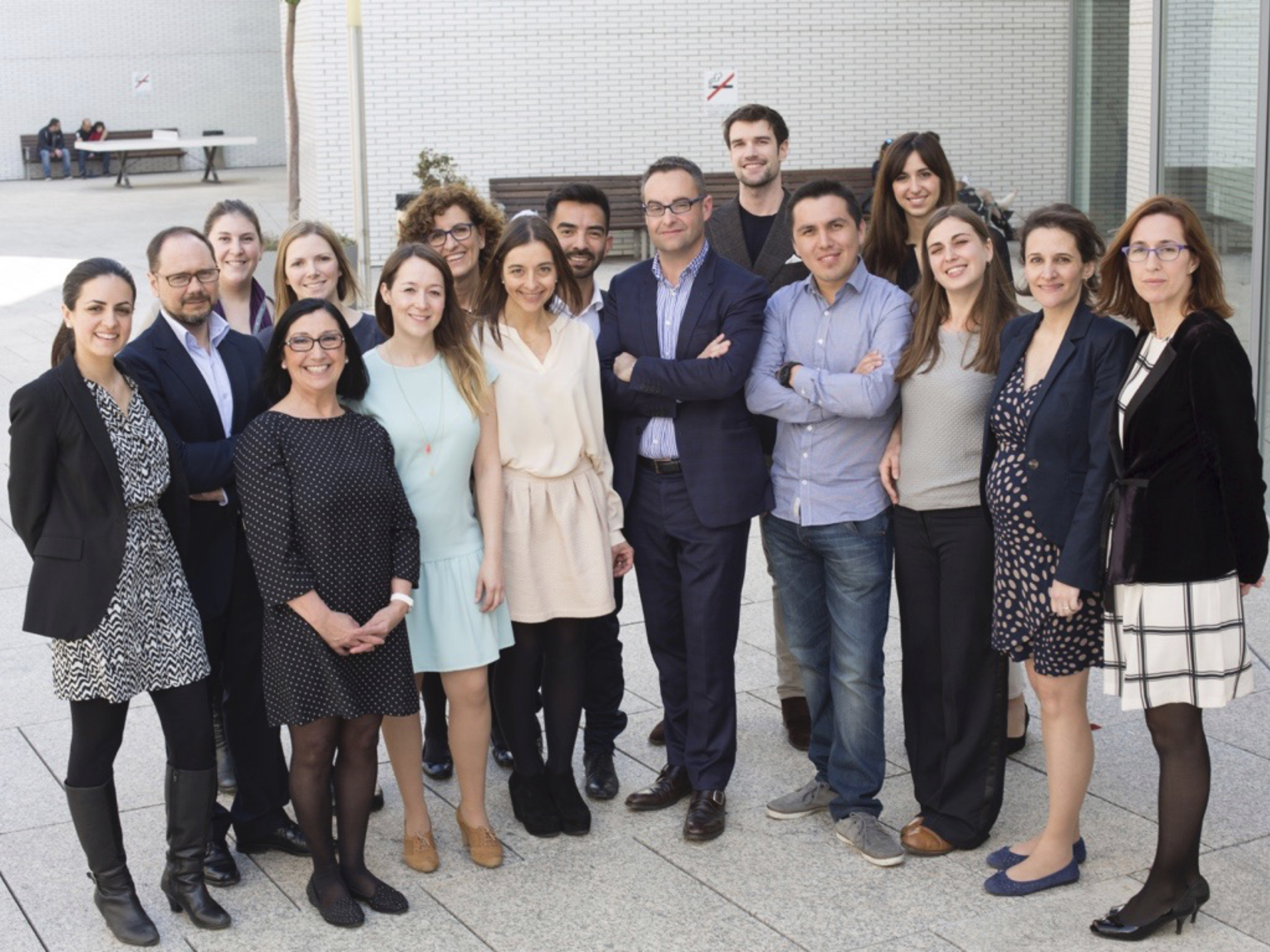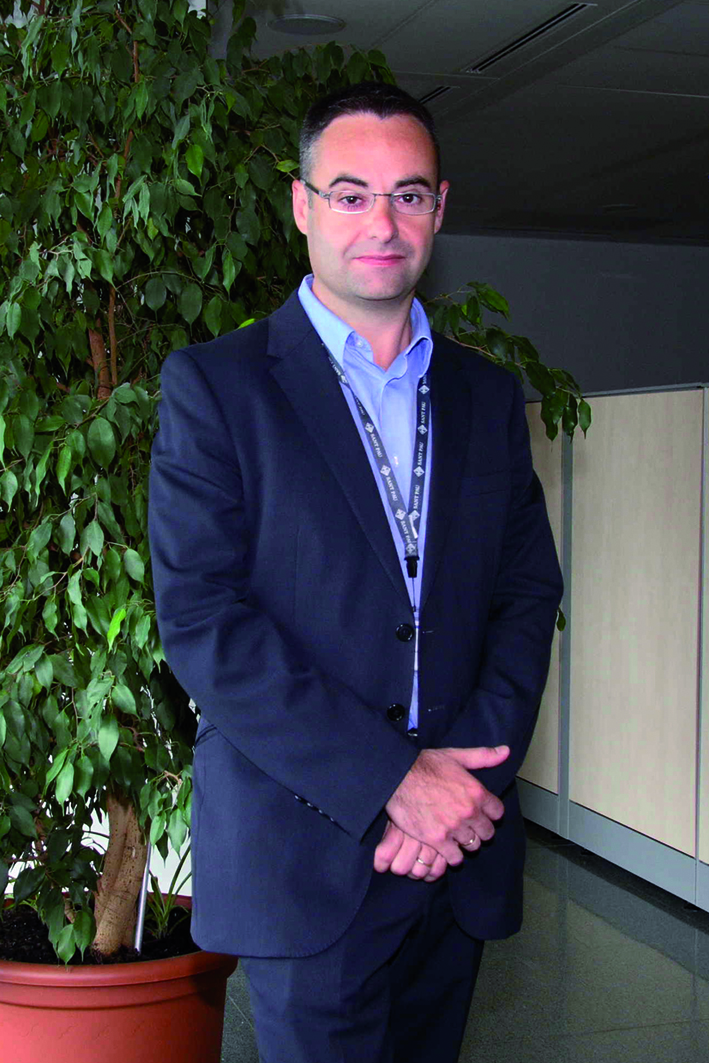


MASIA AYALA, JAUME FGS
jmasia@santpau.cat
Condrea, Silvia FGS
Guerrero Lojano, Andrea Elisabeth FGS
Leoveanu, Floriana Irina FGS
Lopez Fernandez, Susana FGS
Lusetti, Irene Laura FGS
Mohedano Puig, Elena IR
Olivares Dominguez, Maria De Leyre FGS
Perez Sempere, Maria FGS
Pons Playa, Gemma FGS
Vega Garcia, Maria del Carmen FGS
Vela Lasagabaster, Arturo FGS
Zamora Alarcon, Paul David FGS
(JIF 2022)